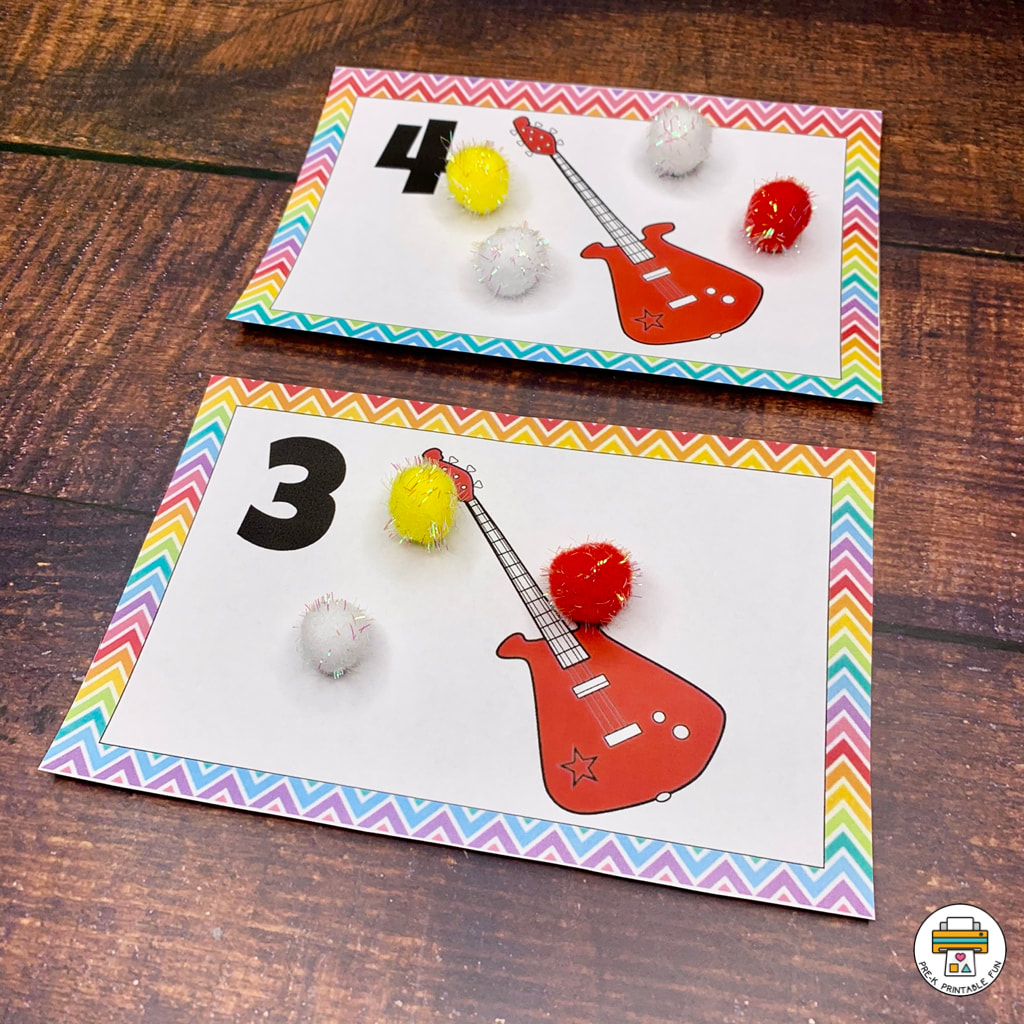

When the music stops, 4 quarter notes (students) should be inside the hoop.

Hulu Hoops (like musical chairs) – lay them out on the floor. Have feet do whole notes, one arm do half notes, and another arm do quarter notes (a challenge!)Ģ. Change the feet to half notes, and do arms in quarter notes. Start by traveling to the whole note, next add quarter note arms (2 movements at once). Use a 1 step forward to demonstrate the whole note, have arms show 4 quarter notes by pulsing low to high ending in a v shape.ī. Have students in a large circle that will travel. Play “Nweti” and have students discover the steady beat.Ī. Prior knowledge: Music- review how many beats a quarter, half and whole note receives, and the notation Math – review 1/8, 1/2, 1/4, 4/4,ġ. Begin with an open-ended question – Can you measure music? What tool do you use to measure it?
#Music math image plus#
Hula hoops (1 per 4 students, plus 1 extra if the class doesn’t divide equally into 4) Recording of “Nweti” by Amoya, recording of an instrumental song of your choosing that stays in a steady tempo in 4/4 (tempo should be andante-allegretto) hand-held classroom percussion instruments Laminated cards with a variety of quarter, half, beamed eighth notes and whole notes with their corresponding rests (punch holes and tie yarn, so that students can wear them as a necklace) worksheets (to notate the 4 measure pattern) and pencils. The material will most likely take 2 lessons, but could be compressed into 1 lesson. Students will use mathematical concepts of partitioning a whole into parts (fractions) and the equivalence of fractions. This lesson is designed for teaching meter in 4/4 time. They will be able to write a corresponding math sentence that reflects the measure of music. Students will demonstrate an understanding of 4/4 meter by creating and notating a 4 measure rhythmic pattern.


 0 kommentar(er)
0 kommentar(er)
